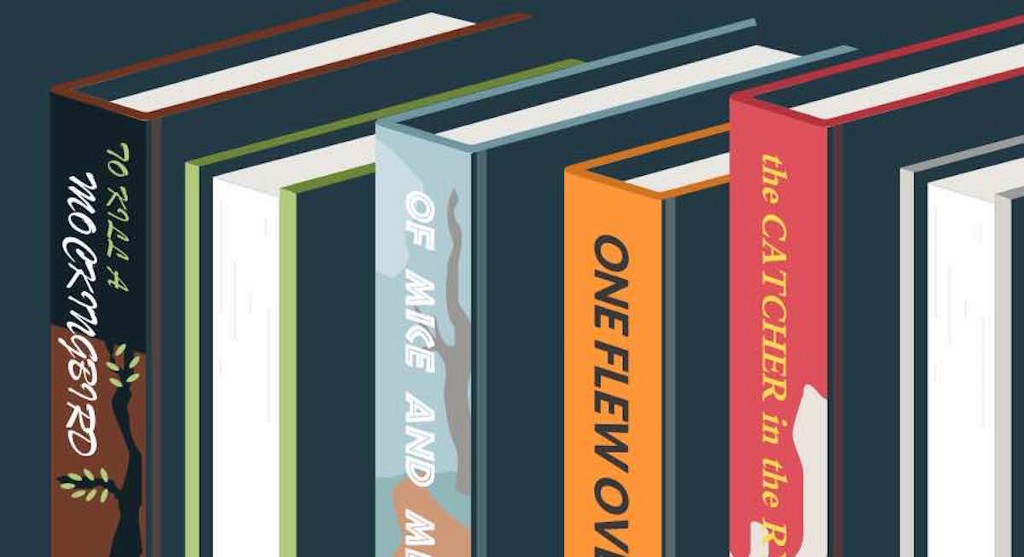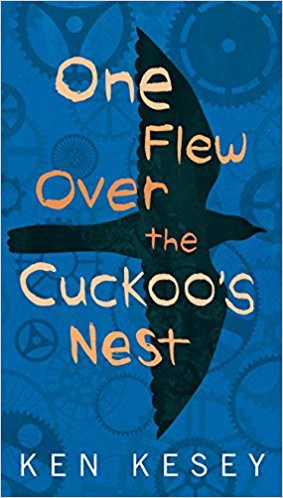Reading Lists
What 5 Classic Novels Would Be Called If They Were Published Today
What does “The Catcher in the Rye” mean anyway? Modern audiences demand “Holden Caulfield’s Day Off”

Modern book titles tend to be quite literal. The Hunger Games by Suzanne Collins is about a set of games called the Hunger Games where the contestants go hungry. And no prizes for guessing who’s at the center of The Missing Girl by Jenny Quintana.
But back in the early– to mid–20th century, authors often alluded to other existing works when it came to naming their manuscripts. Whether an intricate metaphor or an intentional sidestep, many book titles from this period only make sense once you’ve read the whole thing. Engaging us in a kind of cyclical journey, they encouraged readers to reassess their outlook on the story before, during, and after they have read it. Or, to put it in another way, these books had some pretty cryptic titles.
In this post, we will look at some literary classics whose titles would never make the cut today. What might they be titled if they were published in today’s ultra-literal book market?

Holden Caulfield’s Day Off, J. D. Salinger
Original title: The Catcher in the Rye
A coming of age bildungsroman about a teenager trying to be true to himself. What it isn’t: literally a story about someone running around in a field of wheat. There are myriad scholarly interpretations of the title — including influence from a Robert Burns poem and metaphors for the fall from innocence into adulthood — but it’s certainly not immediately representative of the book’s content. Still, this title undoubtedly intrigues readers from the off, and keeps them thinking after they’ve put it down. Its power lies in its capacity to grasp, hold, and play with the reader’s imagination and way of thinking. The 2018 version would be less artistic but also lead to fewer generations of confused schoolchildren.

The Man in the Madhouse, Ken Kesey
Original title: One Flew Over the Cuckoo’s Nest
Sometimes titles are so familiar that it’s easy to forget their strangeness, like with One Flew Over the Cuckoo’s Nest — a book absent of any birds, in flight or otherwise. Here, a seemingly innocuous title is what makes the end of the novel so affecting and moving. It is only in the last few chapters that the meaning of the title becomes clearer to us, almost like a resolved grace note, when the nursery rhyme that the title is taken from appears. Thus, the cryptic title pays off, allowing the reader to apply or alter their interpretation of the novel accordingly. Rich in ambiguity, it also lends itself towards a reading of ‘cuckoo’ as slang for mad or crazy. And, of course, “flying over the nest” — in other words, escaping from the asylum — is something that (spoiler!) McMurphy doesn’t end up doing. The title provides readers with an instant misdirect, making the story’s end that much more heart-wrenching. But you’d never know that it was about patients in an asylum, so it could never get published today.

The Girl in the Ham Costume, Harper Lee
Original title: To Kill a Mockingbird
A curious title will stick in your mind to make you read it and remember it. There are multiple literary interpretations of the idea of the mockingbird: since they do “nothing but sing their hearts out for us,” they could symbolize many of the selfless and morally steadfast characters like Tom Robinson and Atticus, or even Scout. Another option would be Boo Radley, the elusive figure who Scout compares to a mockingbird at the end of the novel.
The title draws attention to the novel’s central motif right from the start, and we then spend the novel wondering why, what, and when this will be explained. The “ah-ha” comes at the end of the novel, when Scout underscores the story’s theme by explaining just why it’s a sin to kill a mockingbird. That’s too long to wait for a payoff in 2018, so our updated version makes use of the “girl” trend in book titles.

Lenny Kills Rabbits, John Steinbeck
Original title: Of Mice and Men
This title may be intriguing or misleading to readers, depending on their knowledge of Scots poetry (or popular idioms). Indeed, this is the second title on this list to borrows a line from Robert Burns: “The best-laid schemes of mice and men often go awry.”
While it might draw some modern readers in with its opacity and intrigue, one has to wonder if Steinbeck’s contemporary readers would know what the title alludes to. But if they did, the title certainly adds an air of inevitable tragedy to the story — as they wait for Lenny and George’s plans to own a farm and “live off the fat of the land” to go, well, awry. Still, we’re busy people: why not get to the tragedy first?

The Secret Diary of an Evangelist Teenage Lesbian, Jeanette Winterson
Original title: Oranges Are Not the Only Fruit
Far from a culinary or domestic handbook, Oranges are Not the Only Fruit is a moving, intricately written account of the nuances and challenges of a religious childhood. The novel is semi-autobiographical fiction, adding perhaps another air of confusion around the abstruse title. The threads of the title’s implications run through the book — restrictions, alternatives, exploration, and adolescence — so that the more you read, the clearer the title becomes. Esoteric and ambiguous, it proves the power a book title has to intrigue a reader and shape our understanding of a text, just as much as it reflects and describes the words behind it. But people are more likely to pick up a book about teen lesbians than oranges, so if you have teen lesbians in your book in 2018 you’d better say so right up front!
Obscure and allusive book titles can do a good deal. They intrigue us to read their contents (and to write about them!). They demonstrate the wit and humor of an author — once the book is finished and the significance of the title is made clear, we are often left with the feeling that the title was a sort of wink from the author, urging us to read on and discover something new. We think it’s very fortunate that these books were published at a time when titles could be more alluring and less obvious. Maybe that time will come around again.

About the Author
Emmanuel Nataf is the CEO of Reedsy, a marketplace that connects authors and publishers with the world’s best editors, designers and marketers. Over 5,000 books have been produced via Reedsy since 2015.








